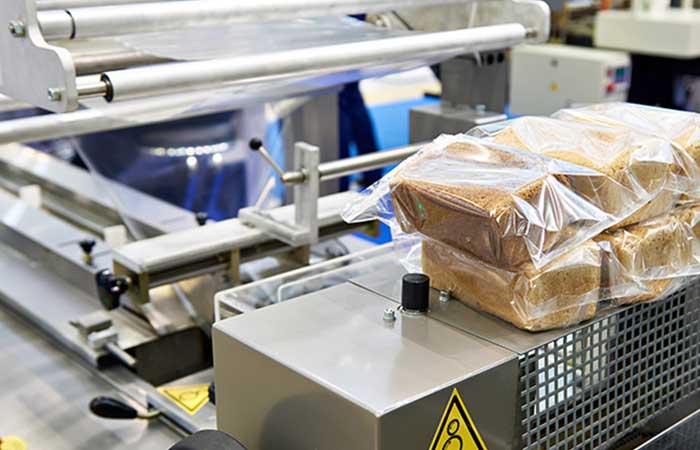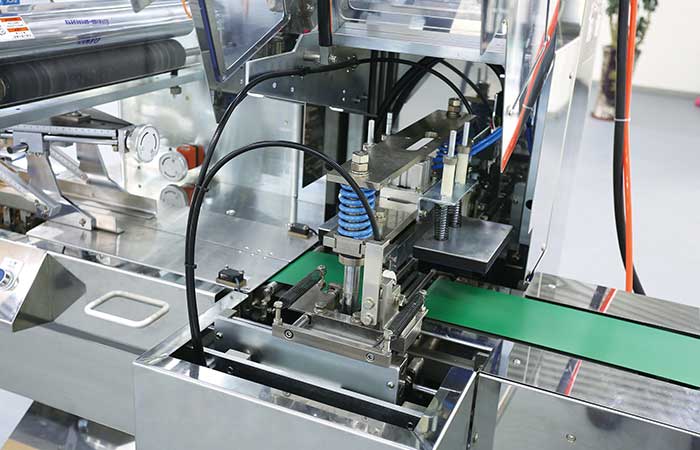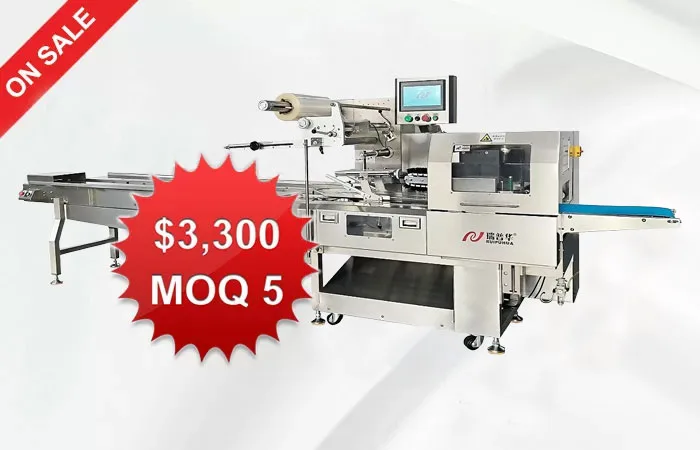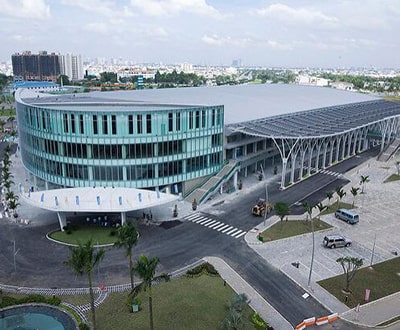Robotic Palletizing Revolutionizing Warehouse Operations
The Impact of Robotic Palletizing on Warehouse Efficiency
In today’s fast-paced world of logistics and supply chain management, the role of automation is becoming increasingly essential. One area where this is particularly evident is in robotic palletizing, a technological advancement that is revolutionizing warehouse operations across industries.
Robotic palletizing systems have transformed the way goods are stacked, arranged, and shipped in warehouses. These intelligent machines are designed to handle palletizing tasks with speed, precision, and efficiency, making them a valuable asset for businesses looking to streamline their operations.
One of the key advantages of robotic palletizing is the ability to reduce manual labor and minimize human error. By automating the palletizing process, companies can enhance productivity, improve accuracy, and ensure consistent product quality. This not only helps to optimize operational efficiency but also results in cost savings in the long run.
Enhancing Speed and Accuracy
Robotic palletizing systems are capable of working round the clock without breaks, leading to a significant increase in throughput and speed. These machines can handle a wide range of products and pallet configurations, adapting quickly to changing requirements. Their ability to precisely stack items on pallets ensures that warehouse space is utilized effectively, reducing the risk of product damage during transportation.
Moreover, the integration of sensors and advanced software allows robotic palletizers to detect irregularities in the packaging, ensuring that only properly packed products are processed. This helps to maintain quality standards and prevent costly errors that could lead to customer dissatisfaction.
Flexibility and Scalability
Another benefit of robotic palletizing is the flexibility it offers in handling various types of products. Whether it’s boxes, bags, cartons, or sacks, these machines can palletize different items with ease, making them versatile for diverse warehouse environments.
Furthermore, robotic palletizing systems are scalable, meaning that they can be easily integrated into existing production lines or expanded as the business grows. This scalability allows companies to adapt to changing market demands and increase their operational capacity without significant reinvestment in infrastructure.
Future Trends and Challenges
As technology continues to advance, the future of robotic palletizing looks promising. Innovations such as machine learning, artificial intelligence, and IoT connectivity are being incorporated into palletizing systems to further enhance their capabilities. These developments will not only make robotic palletizing more efficient but also improve predictive maintenance and remote monitoring, increasing uptime and reducing downtime.
However, with these advancements come challenges, such as the need for skilled technicians to handle and maintain complex robotic systems. Companies will have to invest in training programs and resources to ensure that their workforce is equipped to operate and troubleshoot these machines effectively.
Conclusion
Robotic palletizing is shaping the future of warehouse operations by improving efficiency, speed, and accuracy. As businesses strive to stay competitive in an increasingly digital world, embracing automation technologies like robotic palletizing will be crucial for achieving operational excellence and meeting customer demands.
-
 01
01Further Discussion About Protein Bar Packing Machinery
27-02-2024 -
 02
02Sustain The Best Crispy With Automatic Packaging Machines
29-01-2024 -
 03
03Bread Packing Machine For Bakery Business
19-01-2024 -
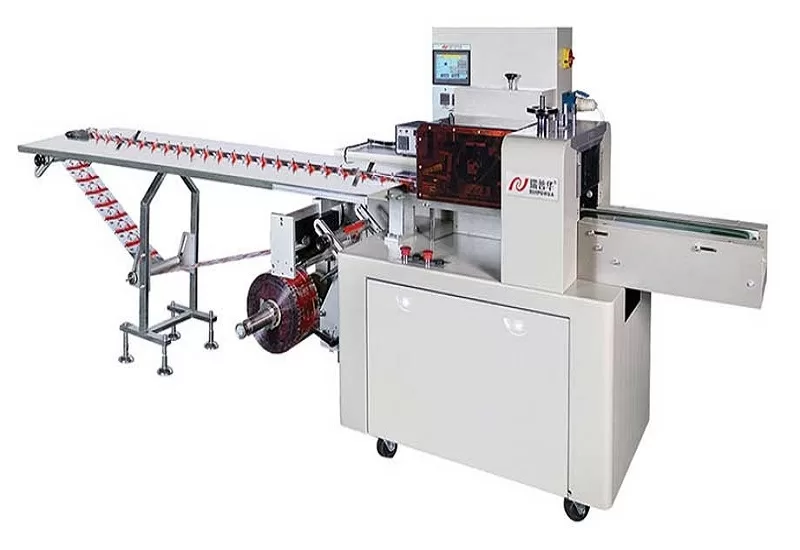 04
04How Flow Wrappers Are Adapting to Changing Trends
01-11-2023 -
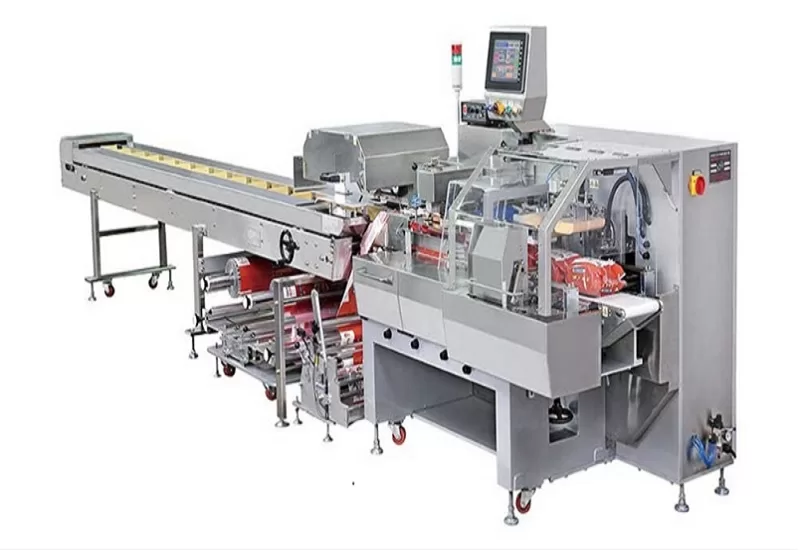 05
05The Comprehensive Guide to Packaging Machinery
31-10-2023 -
 06
06Automatic Cookie Packaging System Performance
01-09-2023 -
 07
07Streamlining Biscuit Packaging with Multipack Biscuit Packaging Machines
25-08-2023 -
 08
08From Assembly To Shipping: The Energy Bar Packaging Machine Does All
28-02-2023 -
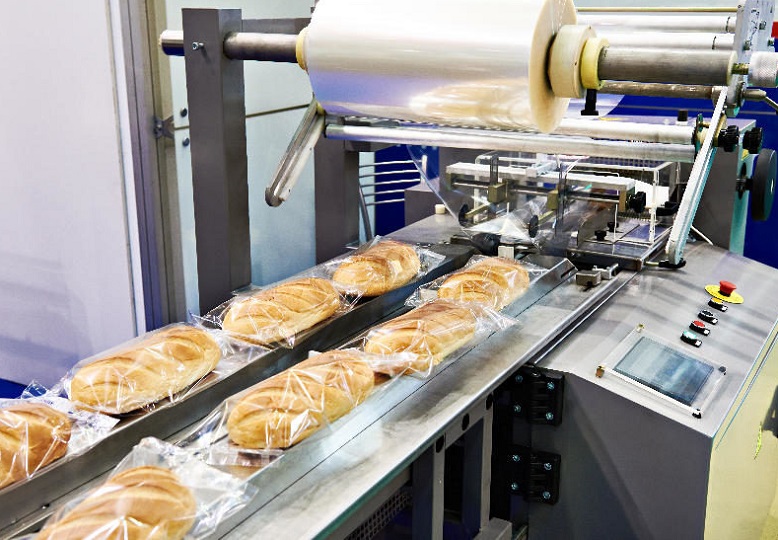 09
09Maximizing Efficiency With Food Packaging Machine Technology
22-02-2023 -
 10
10Clients Hunt For Professional And Functional Packaging Machine
10-11-2022



